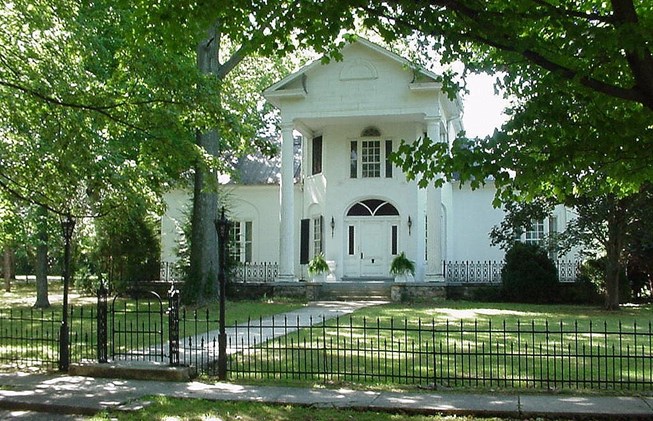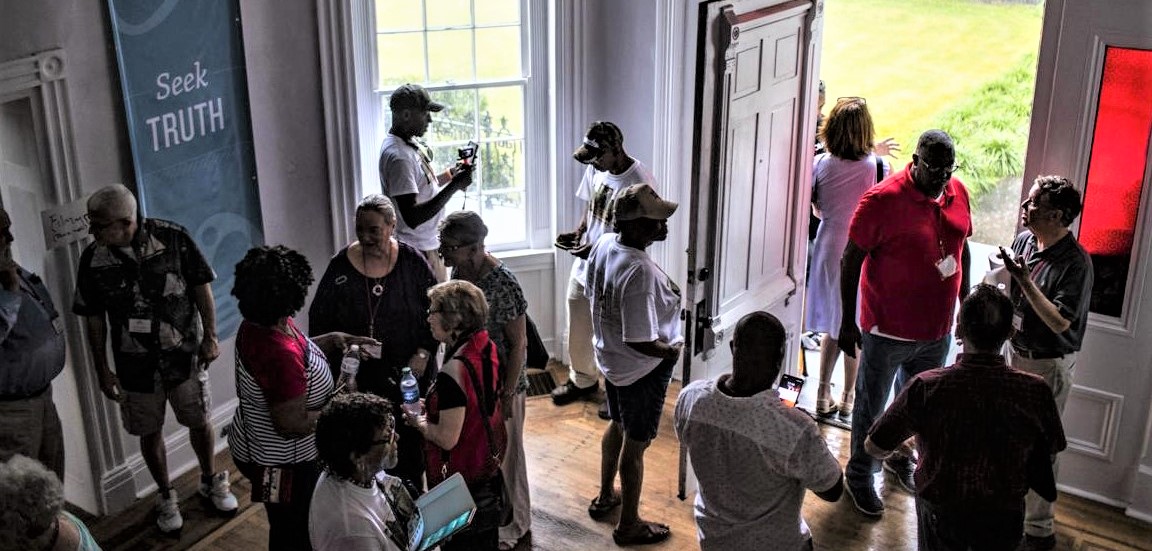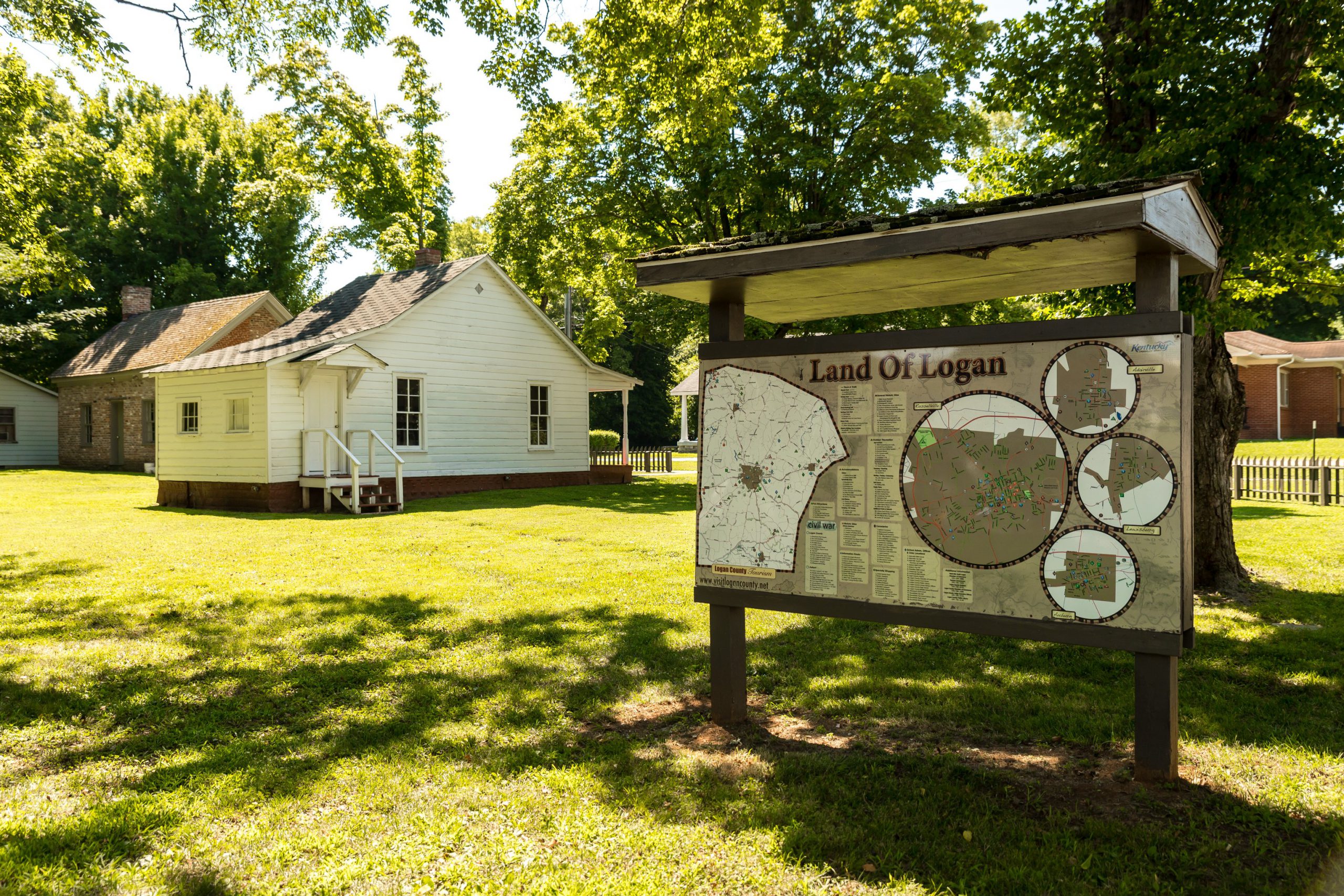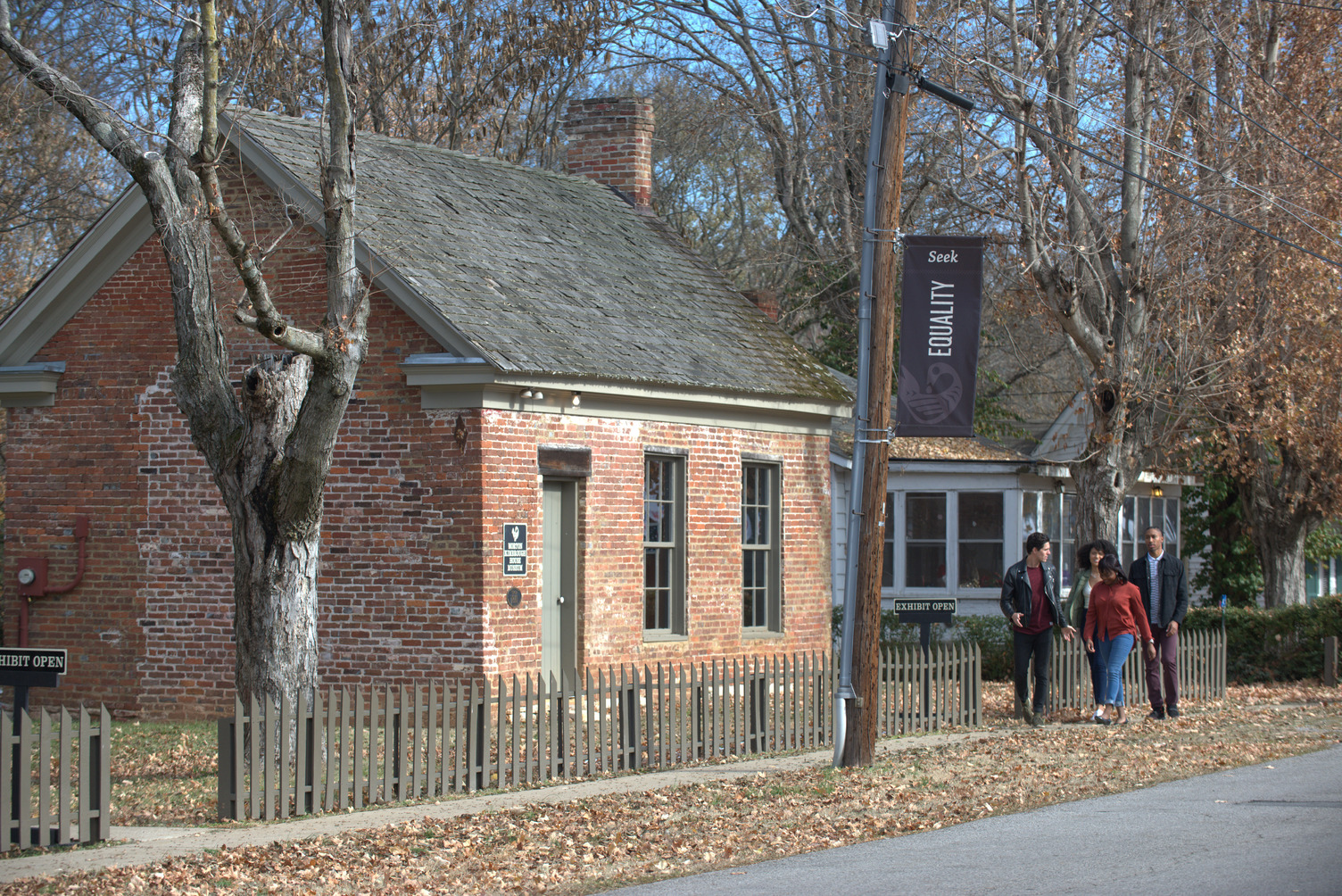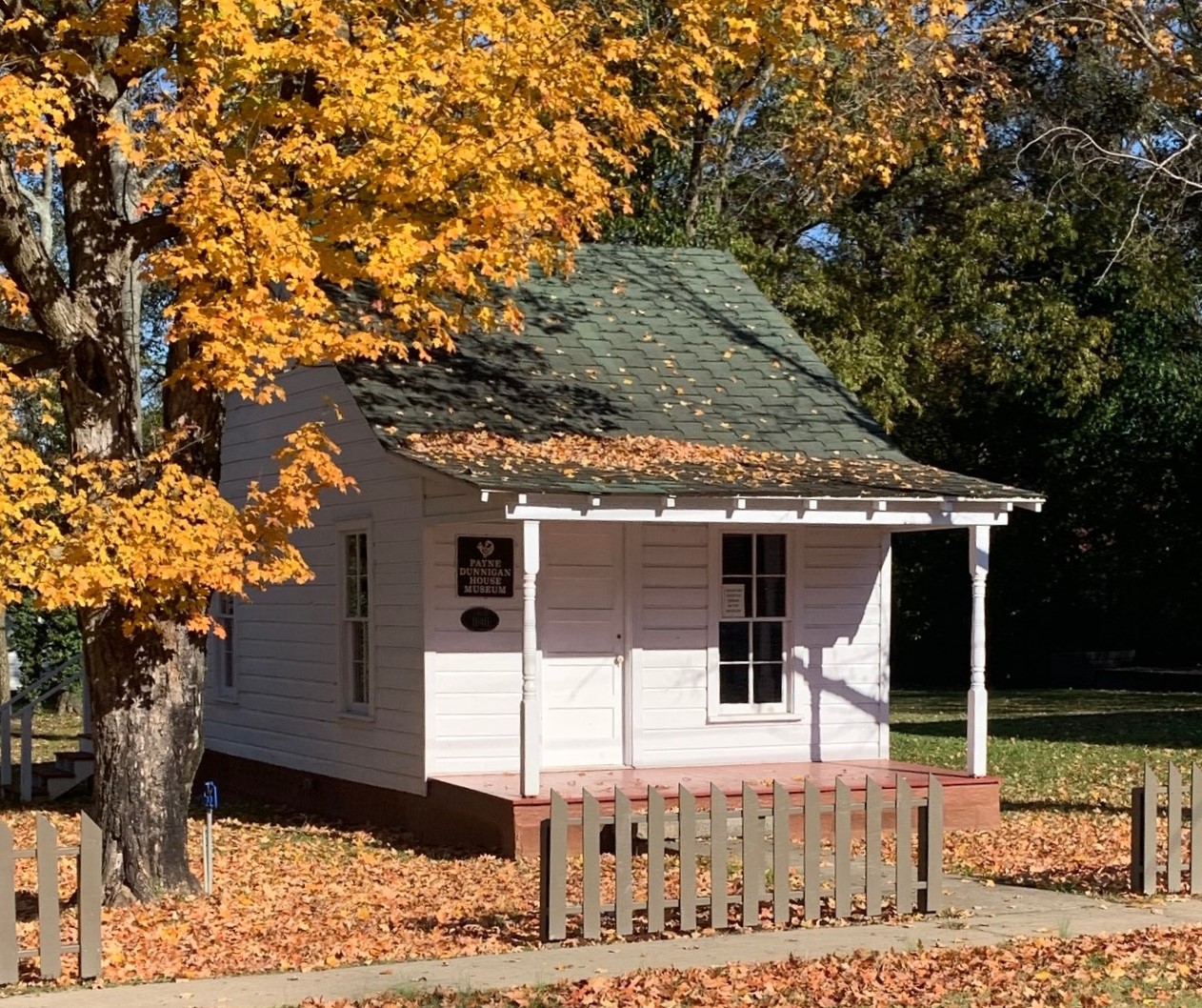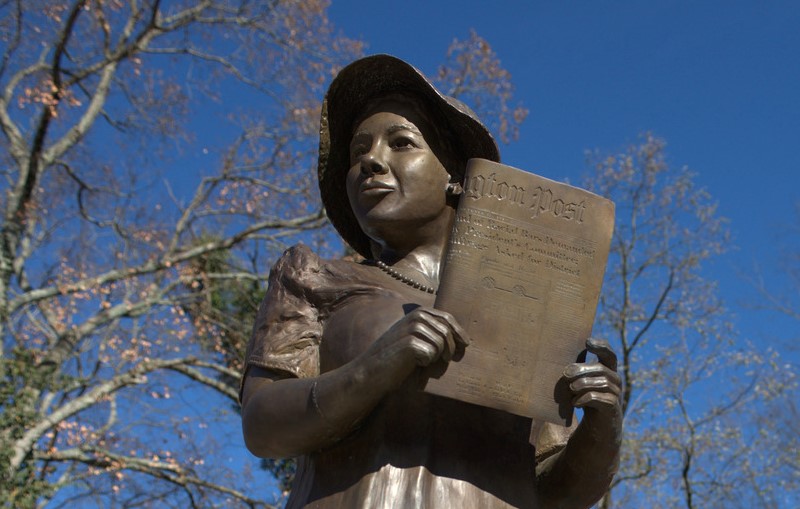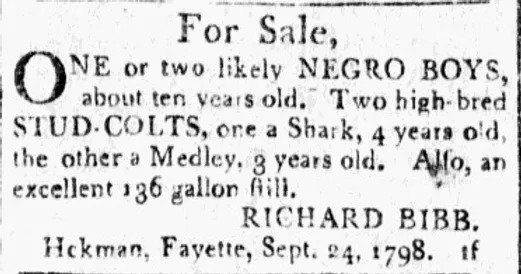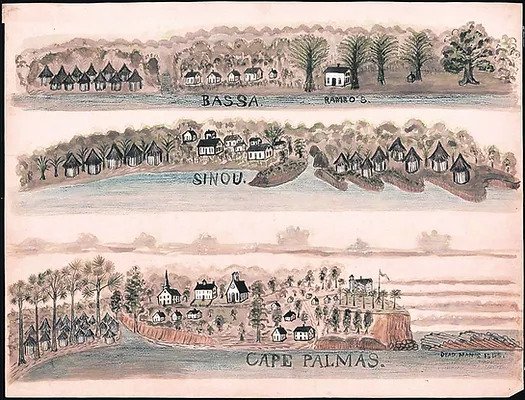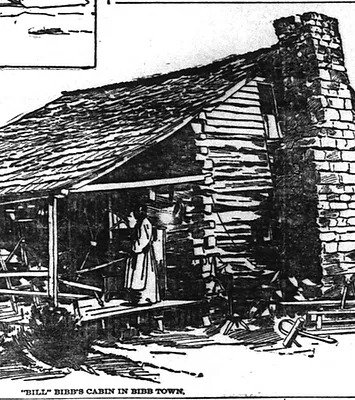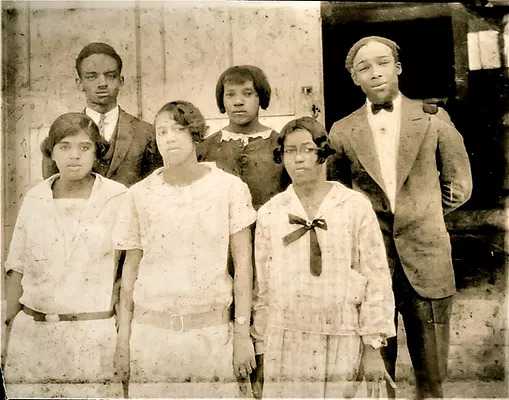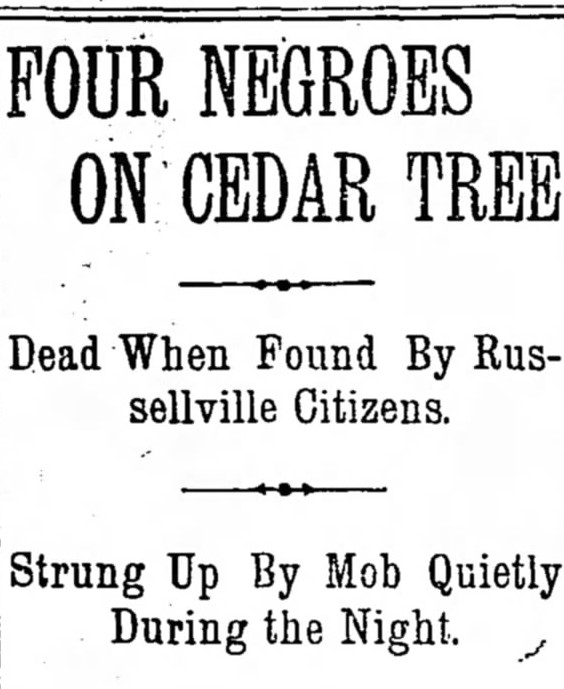The Struggle for Civil Rights
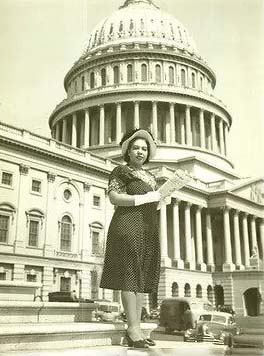
The struggles for equality and justice were present from the early days of the Bottom, and the stories of these struggles and the victories that were achieved are celebrated in the museum. One of the most notable heroes is Alice Allison Dunnigan, a Logan County native who became the first female, African American to be admitted to the White House and Congressional Press Corps. A bronze statue of her has been installed on the museum grounds in the center of a park dedicated to the struggles for civil rights, and the site of part of the national Civil Rights Trail.
Watch Video
